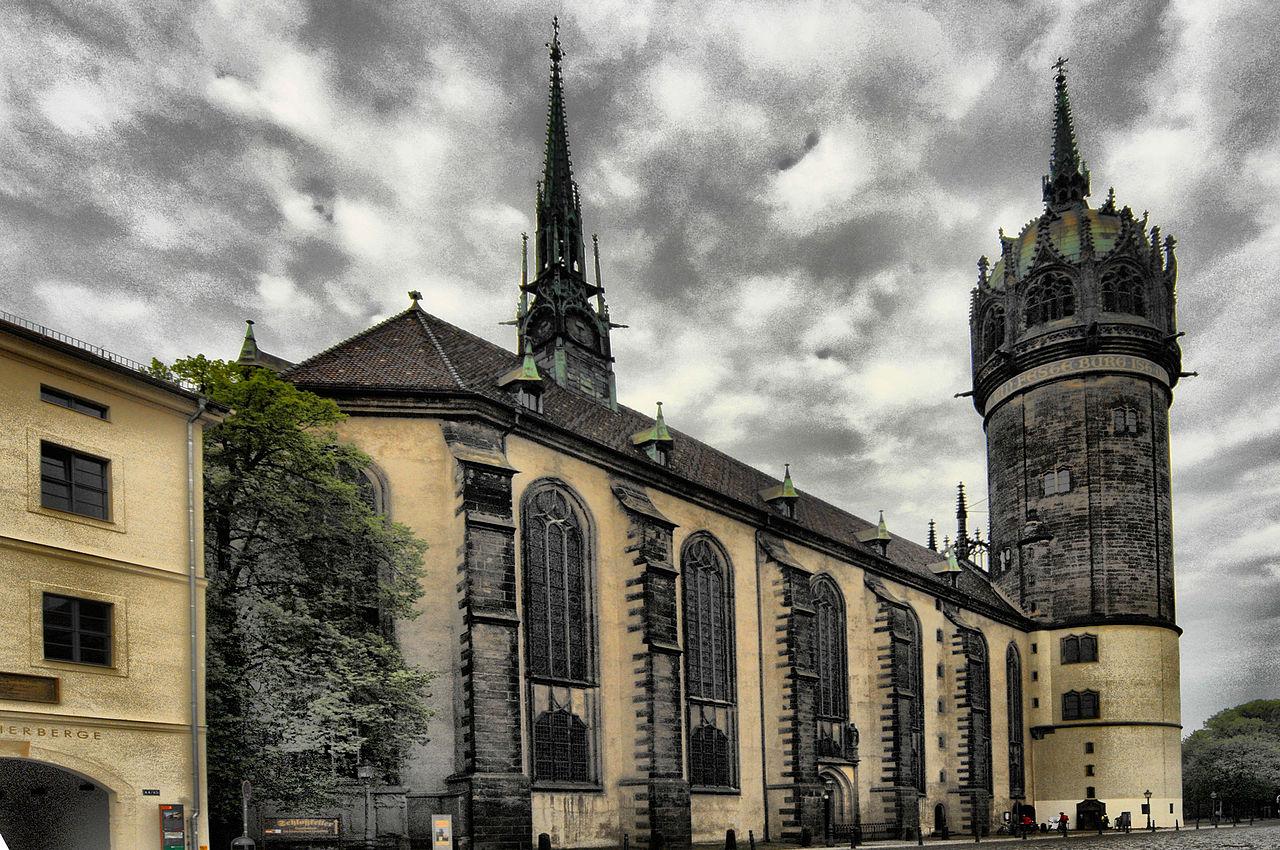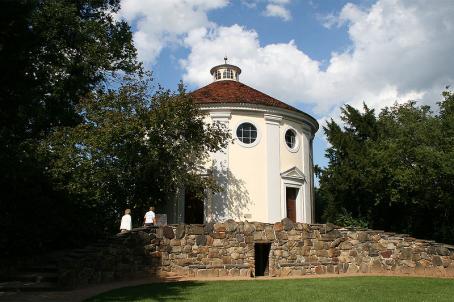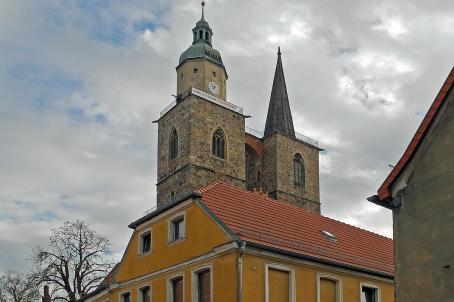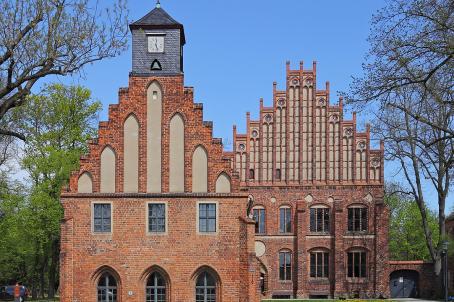All Saints' Church, Wittenberg

The castle church, also known as the Church of the Reformation, is a Protestant church that is considered the starting point of the Reformation, after Martin Luther posted his 95 theses there on October 31, 1517. From 1490 to 1515, Frederick the Wise had his entire palace rebuilt. In 1496, the castle church was added as the north wing and consecrated in 1503. Since 1996, this church has been listed as a UNESCO World Heritage Site.





